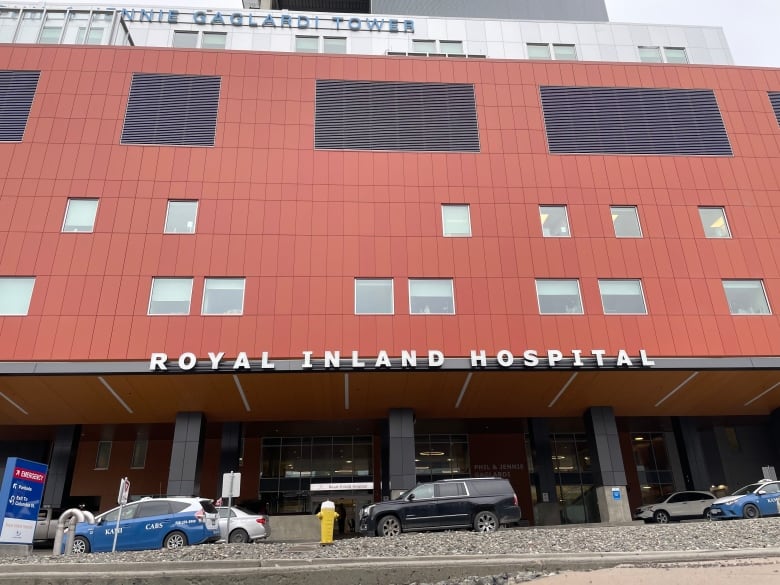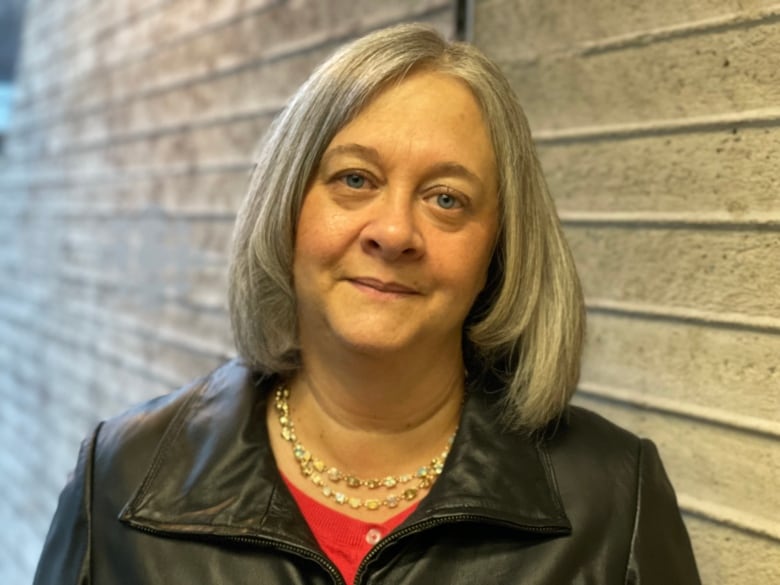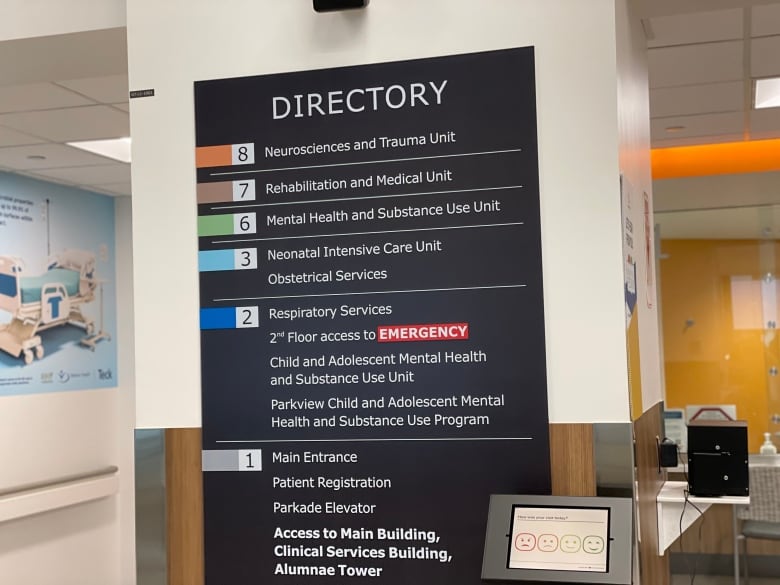Living in a city like Kamloops, B.C., Jenny Jones never imagined she might have to leave town to get care during her pregnancy.
But without a midwife as of next week, she will have limited options for the remainder of her prenatal care.
Currently, expectant parents in the city are able to access early-stage care through the First Steps Early Pregnancy Triage Clinic — but after 20 weeks, their doctor or midwife refers them to the Thompson Region Family Obstetrics (TRFO) Group.
TRFO, located within Royal Inland Hospital (RIH), is the primary provider of birthing services in Kamloops, whose team consists of doctors, medical residents and midwives. The clinic supports on average about 600-700 deliveries per year from across the Thompson region, according to Interior Health numbers from June 2023.
But it’s now set a monthly cap on the number of babies its team can deliver, following previous concerns over workload and subsequent changes that aimed to ease those pressures.
Interior Health has confirmed that some patients with low-risk pregnancies have been declined prenatal care with TRFO.
Jones is nearly 19 weeks into her pregnancy, but she’s not confident her referral will be accepted as her midwife hands off care for the remainder of her pregnancy.
“Basically, they’ll recommend me to the maternity clinic here, but the likelihood of me being accepted is very, very small,” said Jones, who is expecting her first child in July.

Some health-care providers are now telling people like Jones they may have to travel up to two hours to communities in the Shuswap and Okanagan to get care, or go to the RIH emergency department.
While a number of smaller rural communities in B.C. struggle with maternal care, Kamloops is a regional hub with a population of more than 100,000, that also serves the medical needs of more than a dozen communities in the Chilcotin, Cariboo, Nicola Valley, North Thompson and North Shuswap regions.
But Jones says she’s been told by her current midwife that if she’s not directly connected to a maternity clinic, there is little certainty about what care options will be available for her in the city.
“You would just have to wait in emergency for however long it would take,” she said, adding that even getting treatment there would depend on whether there is a doctor on call who deals in maternity care.
“You still might be turned away to go to Salmon Arm, Vernon or Kelowna.”
Interior Health has told people who are not patients of TRFO that they should first try go to the Kamloops emergency department or the maternity ward, depending on how far along they are in their pregnancy.

CBC News has made repeated requests for comment from TRFO about its care plan, including specifics on its cap on patients, but has yet to hear back.
In an interview with CBC last year, TRFO spokesperson Dr. Sean Davis said everyone acknowledges there’s an overall shortage of providers.
“It’s not like any doctor can do maternity care,” he said, adding there were a number of compounding problems affecting maternal care including compensation, physician recruitment and administrative support.
A challenge Canada-wide
Interior Health said it is working to address capacity gaps in the current system.
Lisa Zetes-Zanatta, the health authority’s executive director of clinical operations for rural, acute and community for the Thompson and Cariboo regions, said while the situation is heartbreaking, there are options for expectant parents.
“We don’t want anybody to not have care,” she said.
At RIH, there are a number of physician and specialist vacancies, meaning fill-in doctors are being brought in to cover for departments like maternity and obstetrics and gynecology.

“In both areas, we have locums that are supporting while we’re in the process of recruitment, so that poses a challenge and a risk — and this is a challenge that we have nationally,” said Zetes-Zanatta. Research has shown that more has been needed to increase access to maternal care in Canada for nearly a decade.
Zetes-Zanatta said while there are shortages in many areas, some places in the Interior Health region are fully staffed, giving those sites more capacity to do deliveries.
She said she wanted to reassure expectant parents that RIH always has capacity for low-risk deliveries. Last year, there were 1,095 deliveries at the hospital.
Zetes-Zanatta also suggests people get on the waitlist for a family doctor.
Interior Health said it is meeting bi-weekly with TRFO to come up with options.
“It’s going to take a village in this one. It takes more providers than we have right now and it really does take a multi-disciplinary approach and that’s what we’re looking at to determine how we can extend the care,” said Zetes-Zanatta.
Daybreak Kamloops7:28Barriere, B.C., mother shares story of traumatic birth
Marlene Titus had a traumatic experience giving birth, and says it could have been better if Royal Inland Hospital was fully staffed.
In the meantime, Jones is working to secure ongoing prenatal care and a location that has capacity to deliver her baby, and has plans to reach out to doctors in surrounding communities.
“You are more or less left out on your own,” she said.
The gap in care is making her question her decision to move to Kamloops in the first place nearly two years ago.
“We had the option of moving elsewhere … knowing what the outcome would be, we probably would have gone to another place.”



